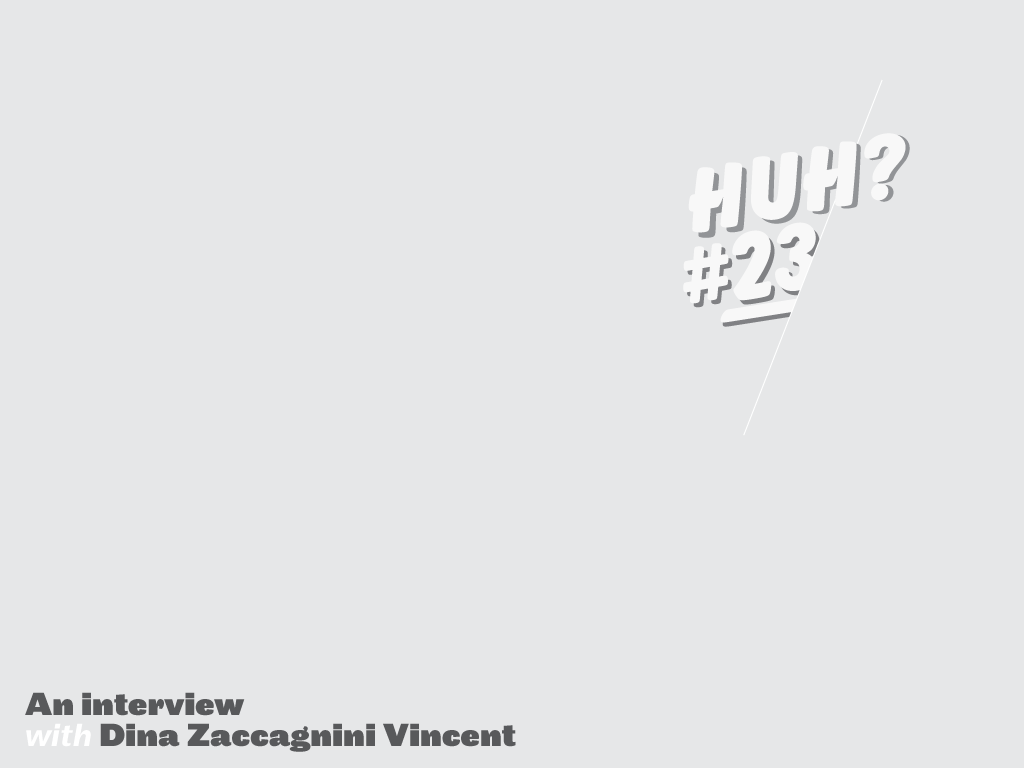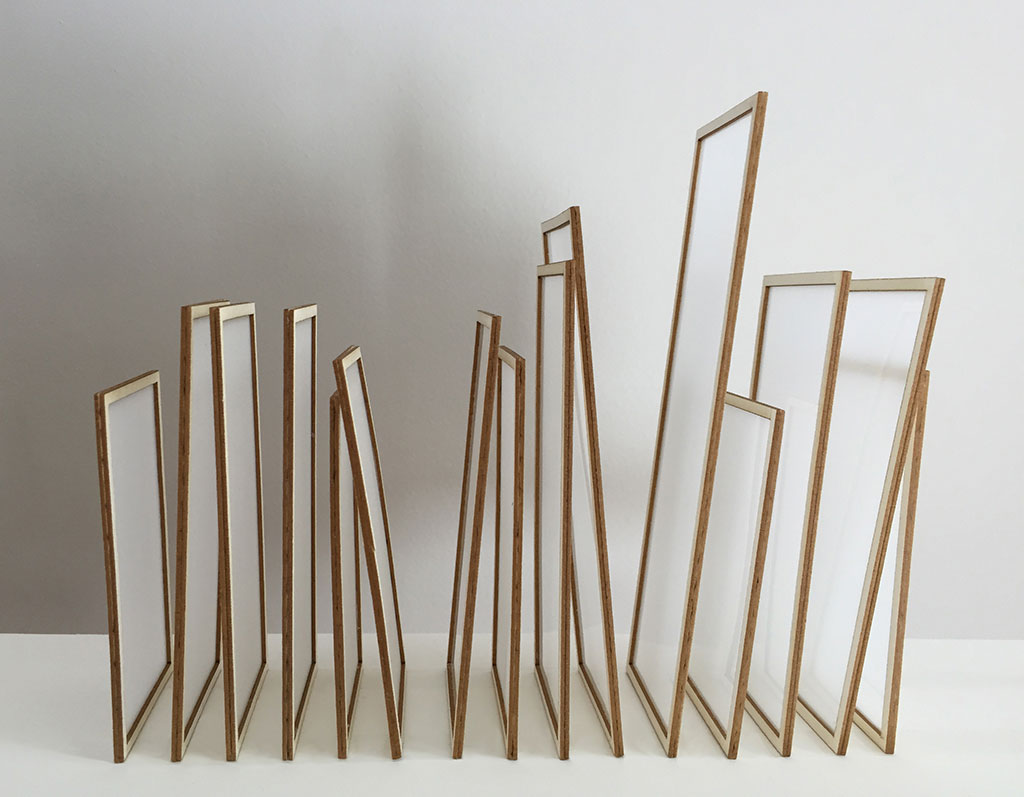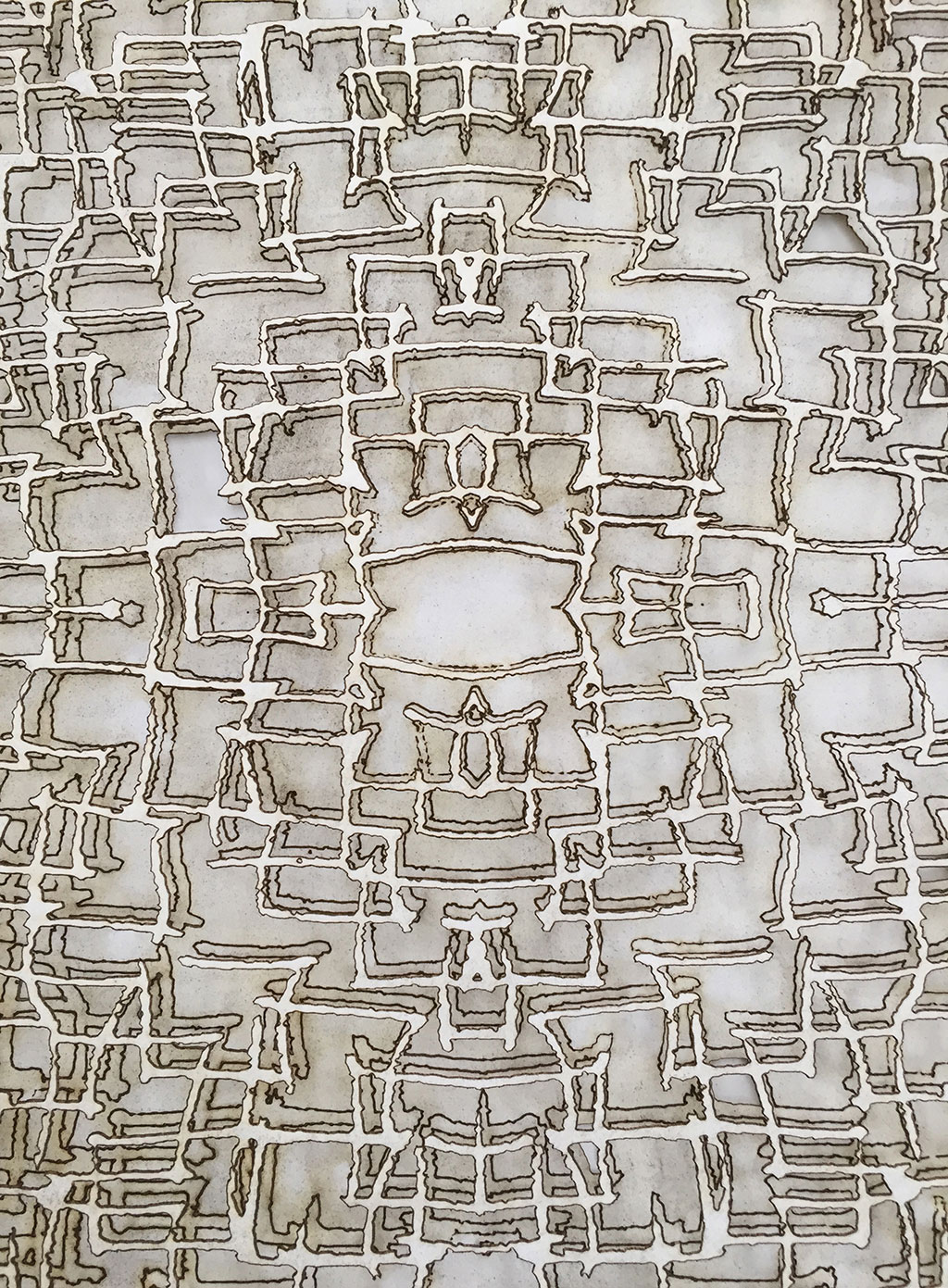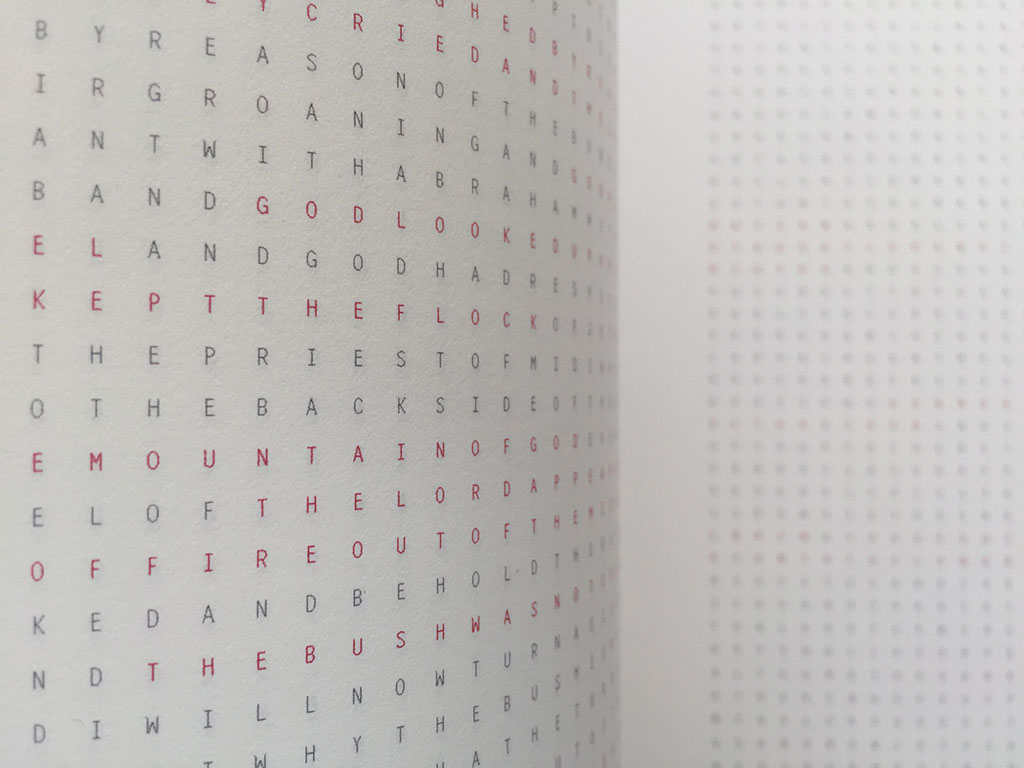Dina Zaccagnini Vincent is a designer, artist and educator. She received her Bachelor of Fine Arts (BFA) in Graphic Design, Bachelor of Graphic Design (BGD), and a Master of Arts in Teaching in Design Education (MAT) from Rhode Island School of Design (RISD) and is currently in her second semester as a Master of Fine Arts in Graphic Design candidate at Vermont College of Fine Arts (VCFA).
For the past decade, Dina has devoted herself to the study of design education including research, curriculum design and the mentoring of new teachers. She is Program Director and faculty for RISD’s certificate program in Graphic Design and is a recipient of their Excellence in Teaching of Award. Dina also holds the position of Adjunct Professor in graphic design at two other New England universities.
Her work (both collaboratively and independently) has earned numerous awards and has appeared in AIGA national and regional publications and exhibitions, American Center for Design 100 Show, Graphis, Print, and Type Directors Club.
Ian Lynam takes some time to rap with Dina about what she’s up to currently.
You have had a rich, rewarding career in design education, yet you have chosen to pursue an MFA — what is it about design education that keeps you coming back for more?
Perhaps this is too philosophical of an answer – but I think when one finds what they love to do in this world they will be a student of it for life.
How would you put your educational philosophy in words?
My philosophy embraces teaching and learning as a dynamic experience in which students actively participate in the act of inquiry to achieve higher-order thinking.
This means that I believe in…
- critical thinking.
- critical making.
- thinking from making.
- making from thinking.
- problem-solving.
- process, not aesthetics.
- conceptual design.
- asking questions.
- unconventional methods, materials and structures.
- the individual parts and the whole.
- intuitive processes.
- looking and seeing.
- intentional listening.
- experimentation.
- collaboration.
- reading and writing.
- respect for self and others.
- nurture.
- documentation.
- assessment.
- self reflection.
I could keep going but will stop here.
How do making design and teaching correlate in your practice and in your life?
To be honest, I am currently trying to redefine my notion of practice. But what I can say is that my relationship between being the maker and the teacher oscillates within a very complex space.
It has taken me many years of teaching to see the impact I have on my students and is an area that I have struggled to understand. This is because I teach at one of the same institutions in which I was schooled. Therefore the same pedagogical threads of critical thinking and critical making run through the program that I head and a curriculum I designed. So I am hyper aware in the methods I teach being a direct reflection of how I was taught. This awareness is critical towards understanding how my own internalized processes on thinking and making impact student learning.
I believe that most teachers at some point will come to question – to what extent do they give of themselves versus providing the necessary tools for their students to become (in my philosophy) the thinkers and the makers.
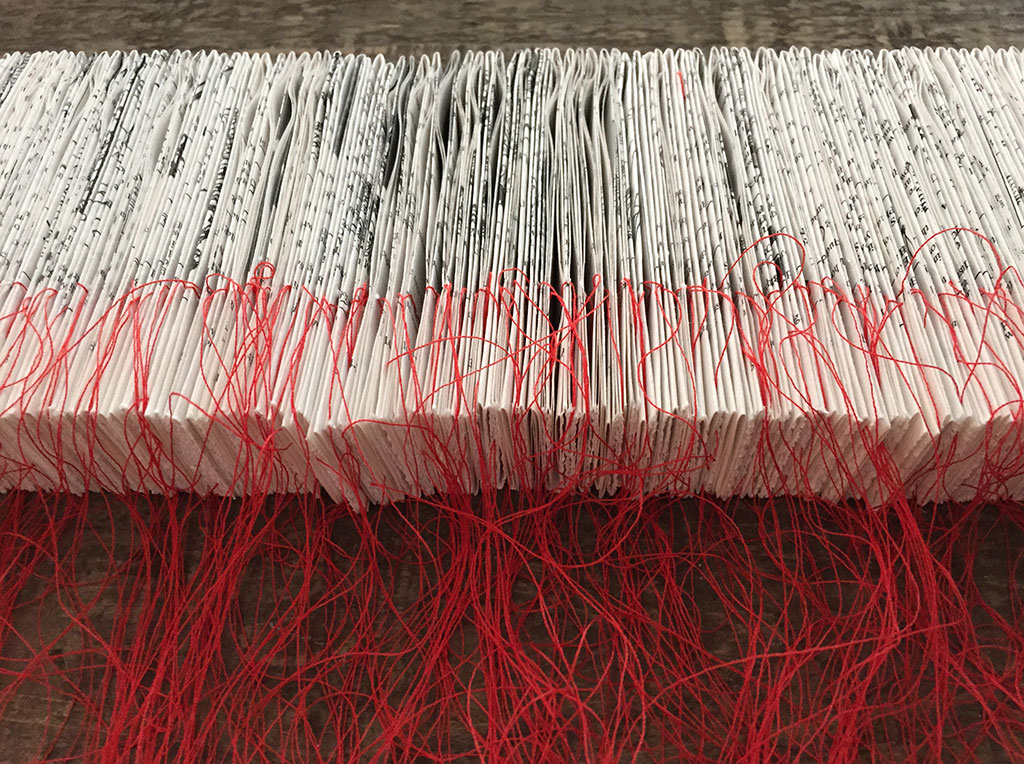
Silent Prayers (detail)
Deconstructed US Marine Battle Training Manual, red thread
approximately 6 x 40 inches
2015
You are also a mom. How does motherhood affect your practice and perspectives on design?
These two areas of my life are so tightly woven together. But I would say that design provided me with a strong perspective on motherhood. My children were extremely young when I graduated with my MAT in design education. At the time, I was highly inspired by the teaching philosophy behind Reggio Emilia and therefore I tried to teach them about life through art and design.
Many components of this particular philosophy remain relevant (and can be connected with John Dewey’s philosophy which is that of VCFA) in higher education. So as I was pulled into teaching undergraduate courses I continued following these approaches. This in turn made me teach my students not just about design but also life. Design is about relationships therefore I instruct my younger students on how to navigate through the challenging process of working collaboratively. My students are also introduced to writing self-reflections as a means of assessment within documentation. This encourages the exploration and importance in developing their voice. They are taught to look at design within an expanding structure that moves from seeing themselves to looking globally.
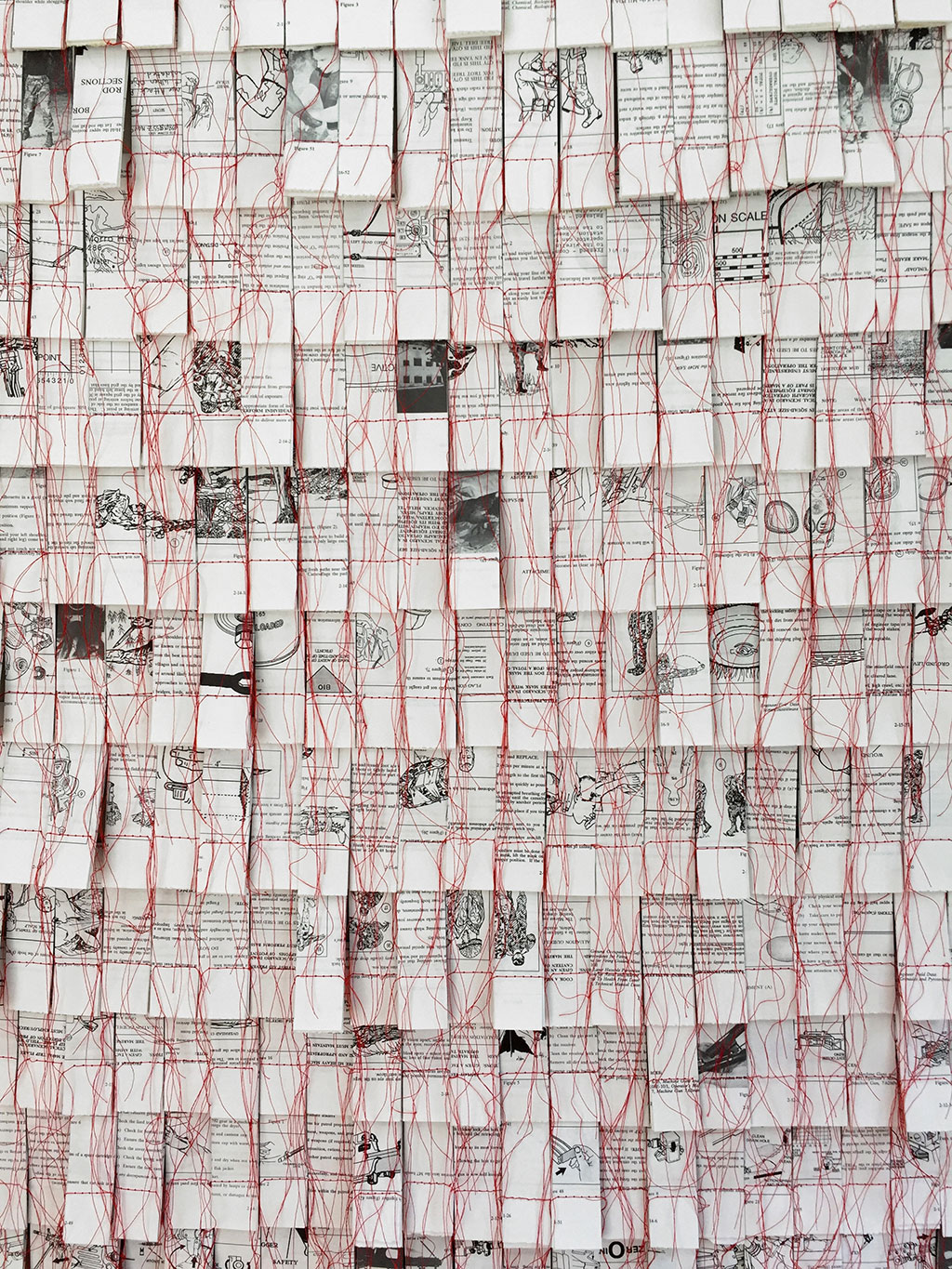
Silent Prayers (detail, open)
Deconstructed US Marine Battle Training Manual, red thread
approximately 6 x 40 inches
2015
I have also been given the privilege to teach students in a wide range of ages – from three years to seventy – allowing me to witness how art and design can positively impact all stages of growth and development. This experience has greatly affected my role as a mother. For example, one of my positions is to oversee and teach in RISD’s certificate program in graphic design. This program serves many different purposes from teaching the beginner – to the design professional – to students who want to build a body of work for graduate school. It is a rigorous program with high expectations. I meet many students who apply to the program telling me that they have always wanted to be a designer but someone in their life (most of the time, parents) told them they couldn’t. Hearing this brings my teaching philosophy right back into parenting – with the belief that the child must be able to choose their direction. At the moment, my daughter wants to be a psychologist and is writing her high school senior thesis on play therapy for children (which does involve some aspects of art and design) and my son wants to be a pastry chef (which is all about design in my book).
Okay, so I will share two short stories on the topic of design, practice and motherhood (hey, it’s a question on motherhood what did you expect?). One day, I was asked to come in and help at my son’s preschool. I was instructed that the children were going to be drawing caterpillars. However as we were setting up I noticed that all the green and yellow crayons had been omitted from the boxes. I found this very interesting and of course asked why. I was told that caterpillars are not green and that the children needed to learn that they were in fact brown. It was very difficult not to engage in a disagreement – so I pushed the issue with the teacher. This conversation ended with me sitting in the director’s office having a full-blown discussion on color, the development of the child and variations in caterpillars! This is also the preschool that when my son created his snowman with a ‘three-dimensional’ orange carrot nose – made it a point to tell me that he was the only child that insisted on this happening. I had to outwardly laugh at the teacher. I thought it was pretty awesome to see ten identical snowmen and the ‘one’ that had his carrot nose protruding off the wall. When I asked my four-year-old son (at that time) why he made the nose like that he simply answered, “That’s what it looks like.”
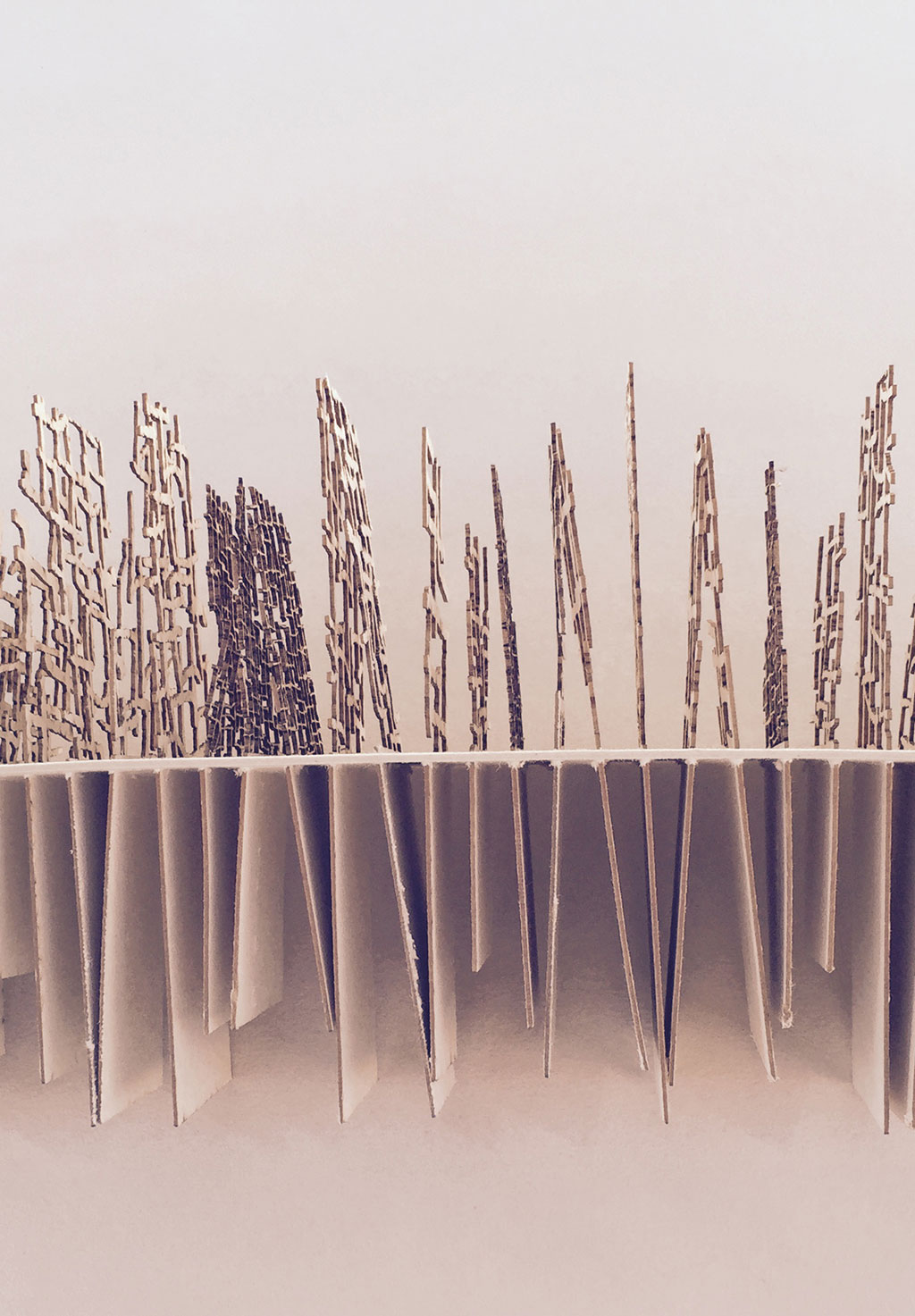
Natural Deconstruction versus Supernatural Reconstruction (detail)
laser cut, taskboard
12 x 3 x 72 inches
2015
Your work so far at VCFA has been highly personal — about as far as one can get from “commercial work”. Can you tell us about it?
It was never my intention to produce a body of work that was so personal; in fact I tried to avoid it. But the creative process was far too powerful and pulled me right back into the very darkness that I have been trying to escape. I think it’s the way of the soul – telling us that we have something to say.
The work references trauma, personal loss and the process of grief – but ultimately – it’s about love. I am attempting to speak to a duality of pain and beauty – the place where the soul extends forgiveness and begins reconstruction – and where love becomes the ultimate sacrifice.
Within this context, the idea of the trace or index becomes the central point for exploration. I am continuing to study and push these areas as I move towards engaging people to interact with the work as they are asked to mediate through the trace.
I am interested in people being drawn to the work by its simplicity and intrigued by its complexity while getting lost in the between. Some of the work also explores how form alone can communicate meaning – allowing an individual to attach their own narrative to a design object and providing them space to ask questions.
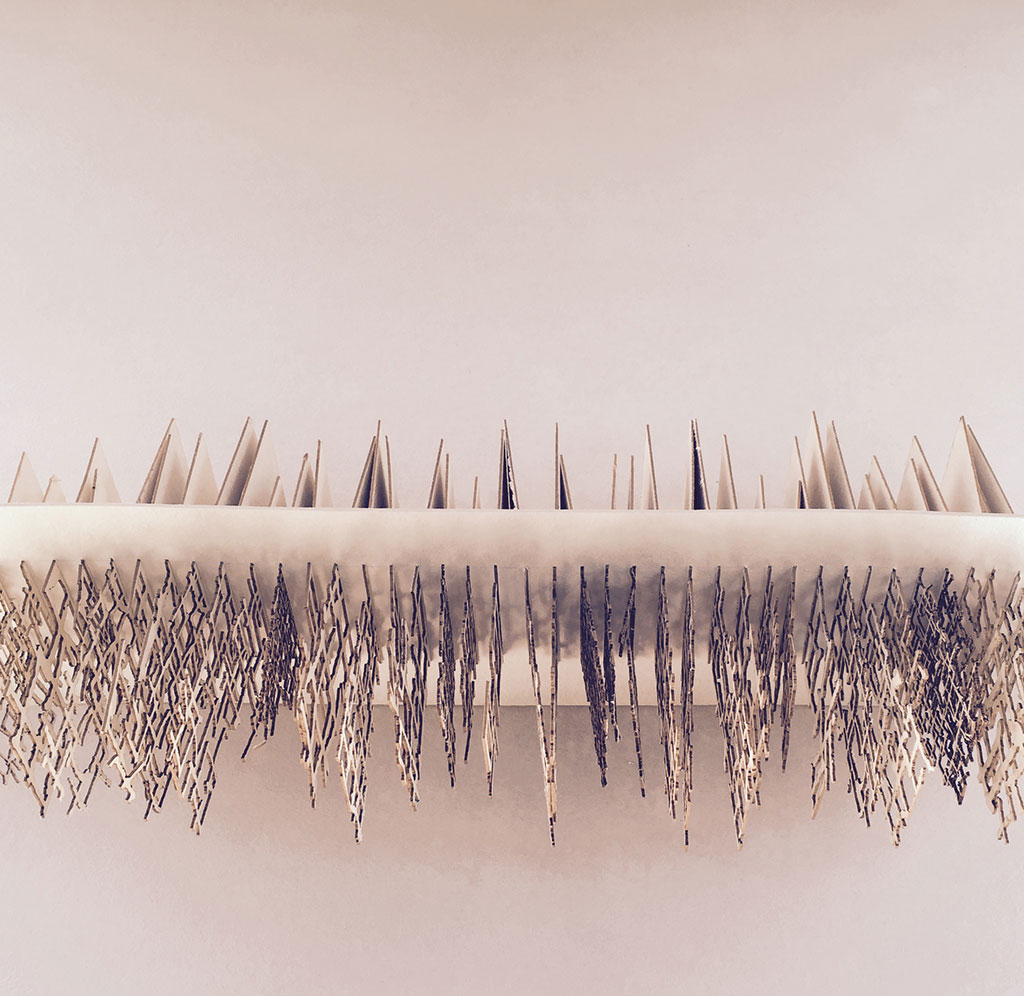
Natural Deconstruction versus Supernatural Reconstruction (detail)
laser cut, taskboard
12 x 3 x 72 inches
2015
What are things that you recommend graduate students read?
I like that you used the word things and not books as the act of reading can pertain to many different things. I will answer this by simply saying that I believe graduate students should devote a fair amount of time reading the self. I am aware that this might again sound a bit philosophical – but as designers (or just humans) we tend to get caught up with what everyone else is doing and fall short on truly understanding our self. I believe if we – as designers – are expected to be the voice for others then we better know our own.
What’s next for you?
In the words spoken to me from the wise Natalia Ilyin – not every question requires an answer.
Oh snap! Well, we’re waiting with bated breath, Dina! Thank you so much for taking the time to do this interview! You, ma’am, are awesome.
So, folks, thanks for making the time to read this installment of “Huh?”. More sooner than you think!!Nike shoes | Best Custom Jordans of All Time – Fashion Inspiration and Discovery

